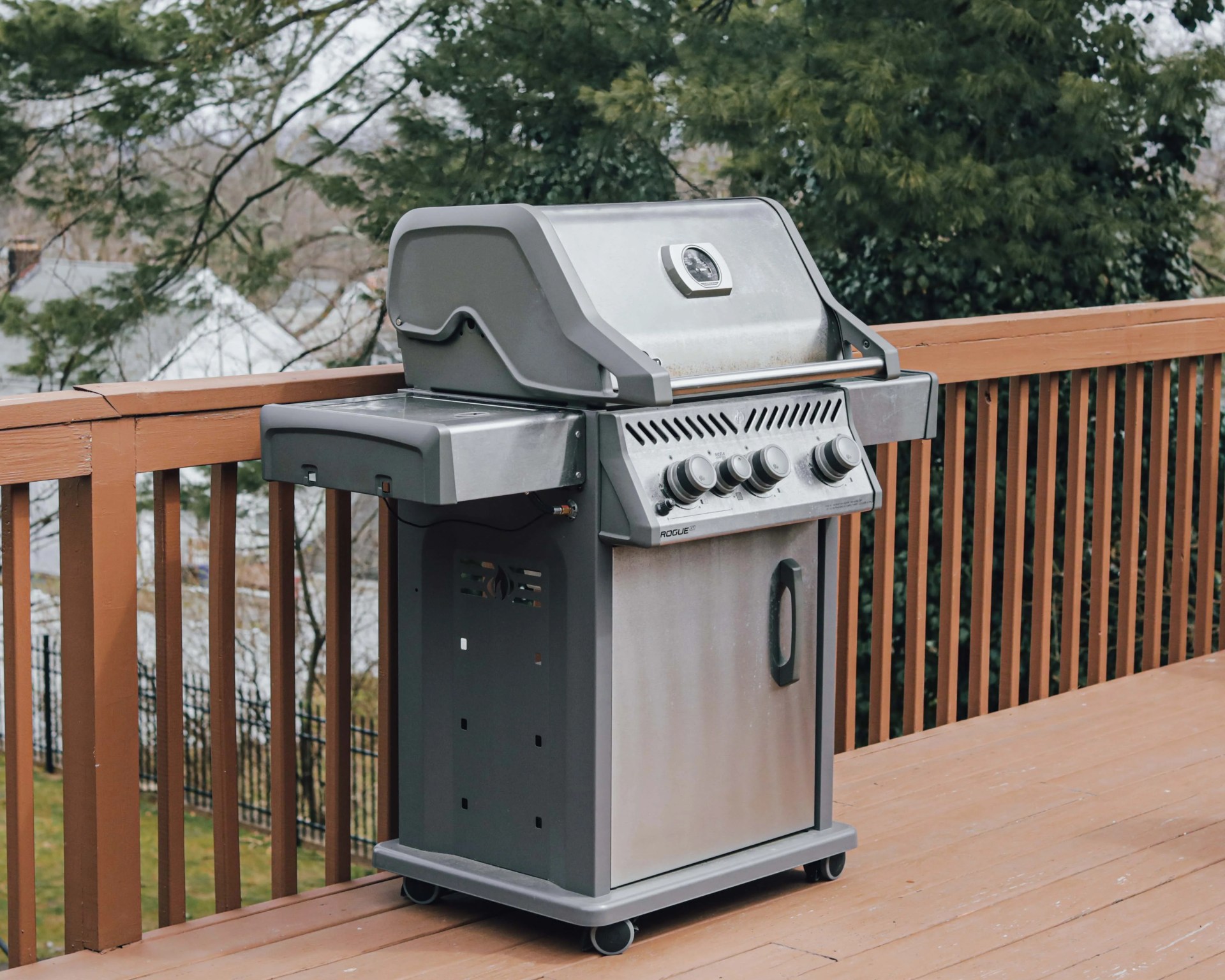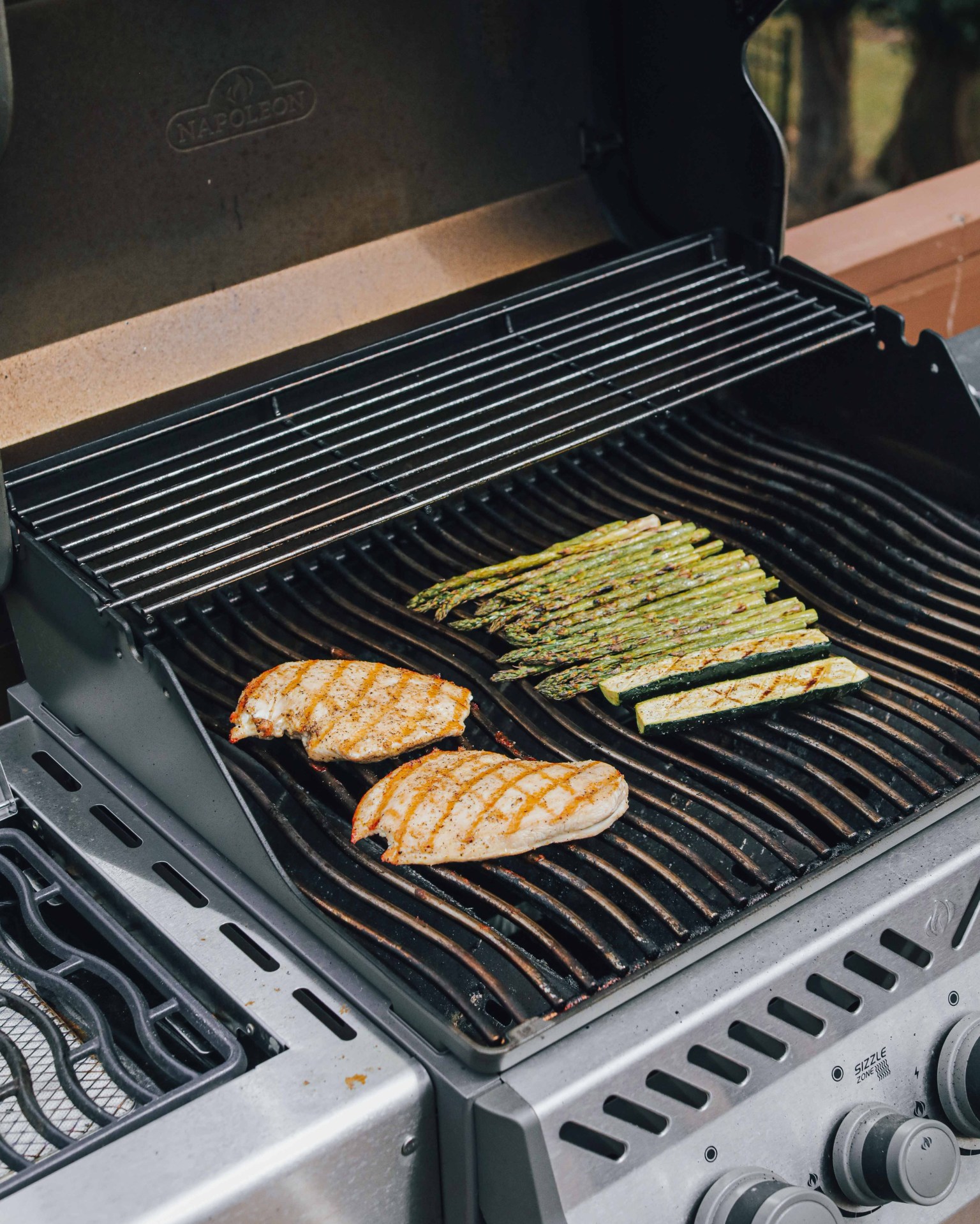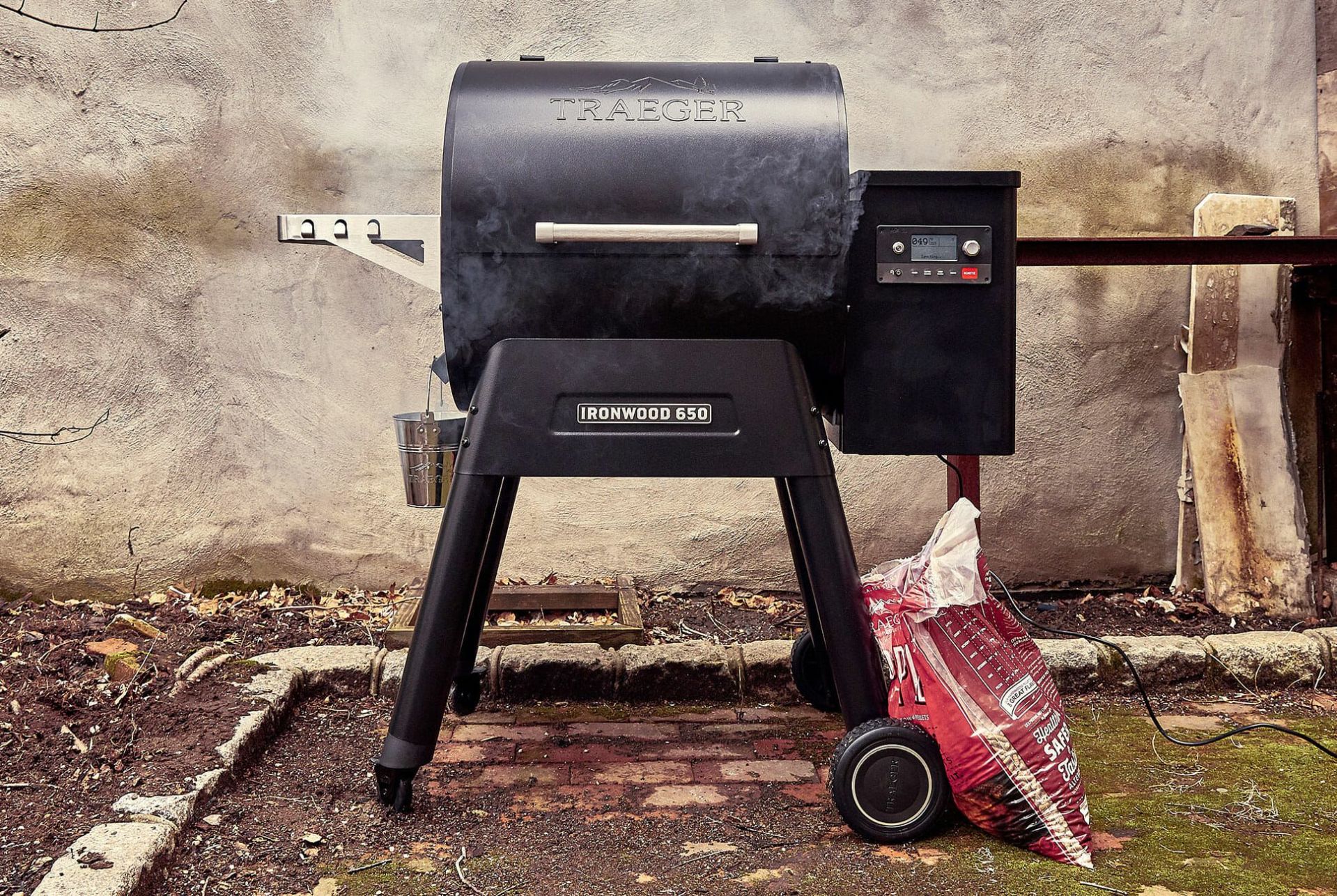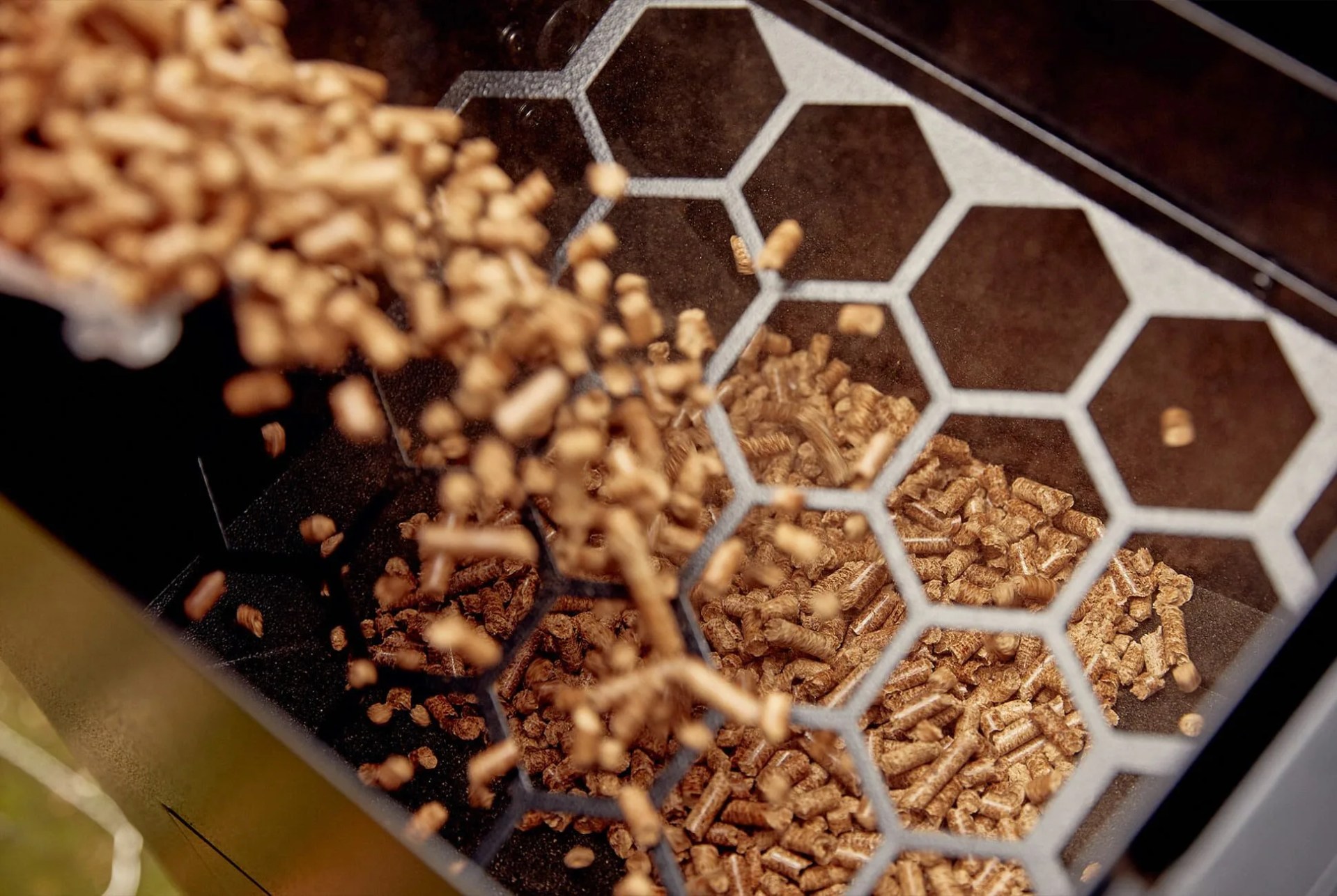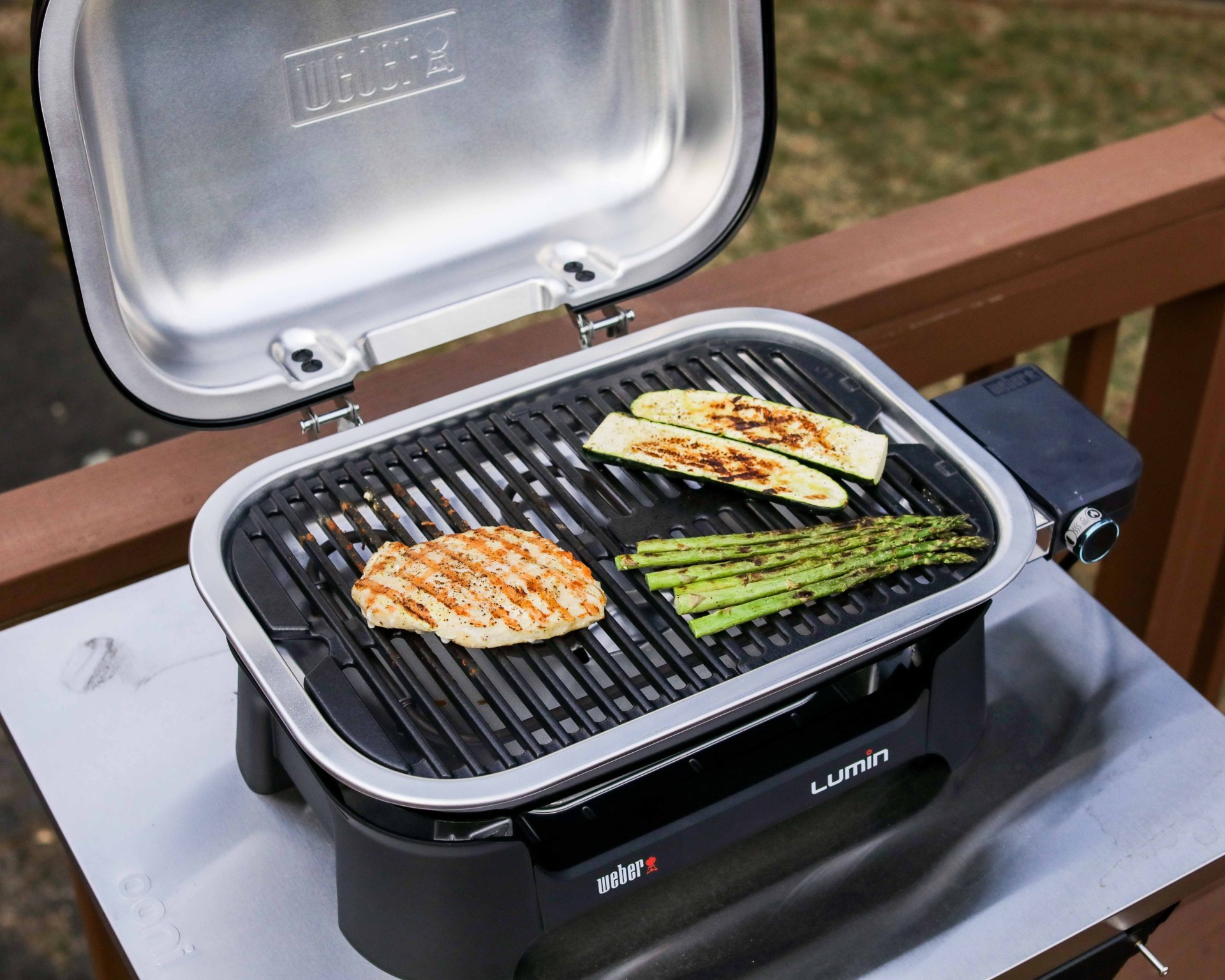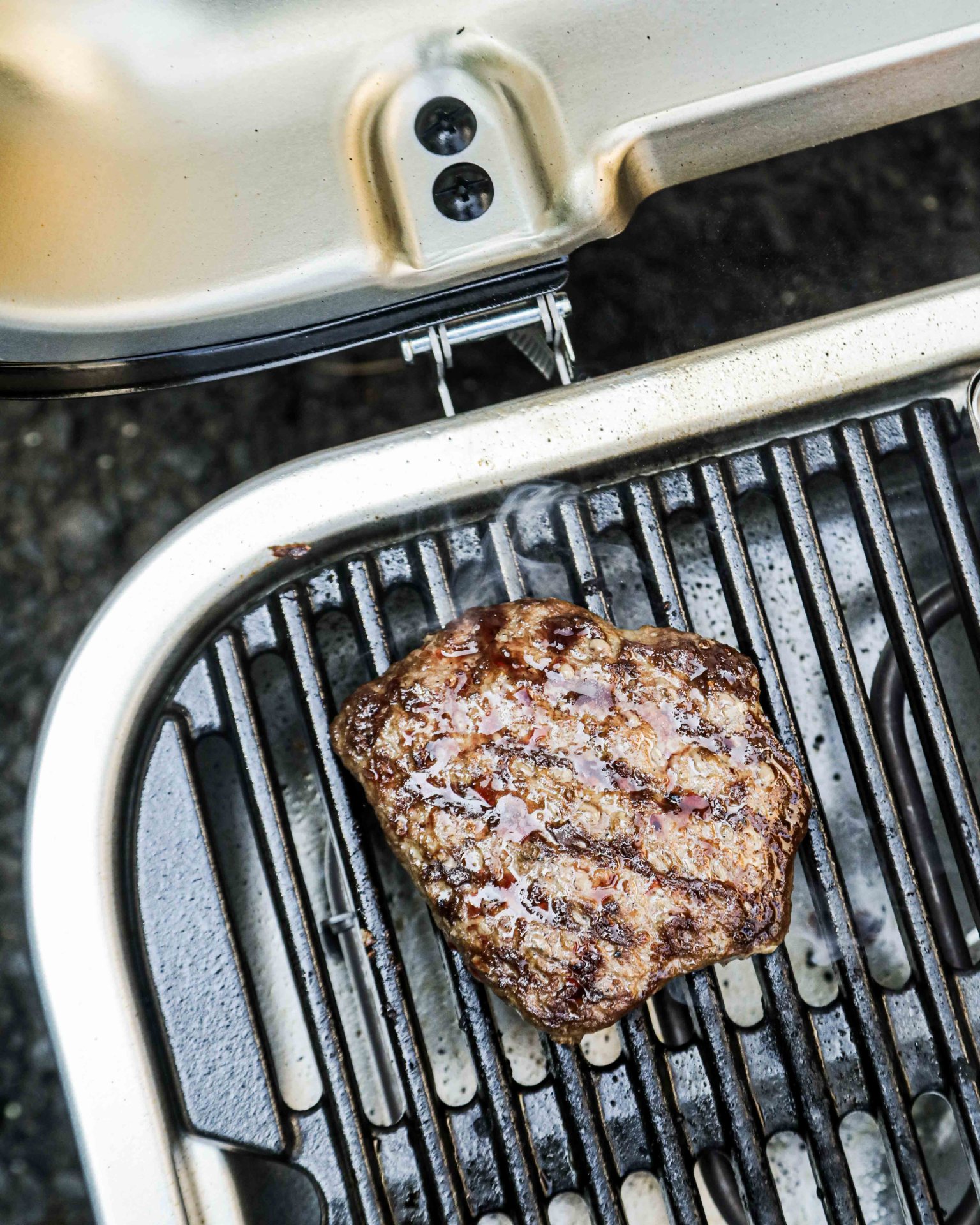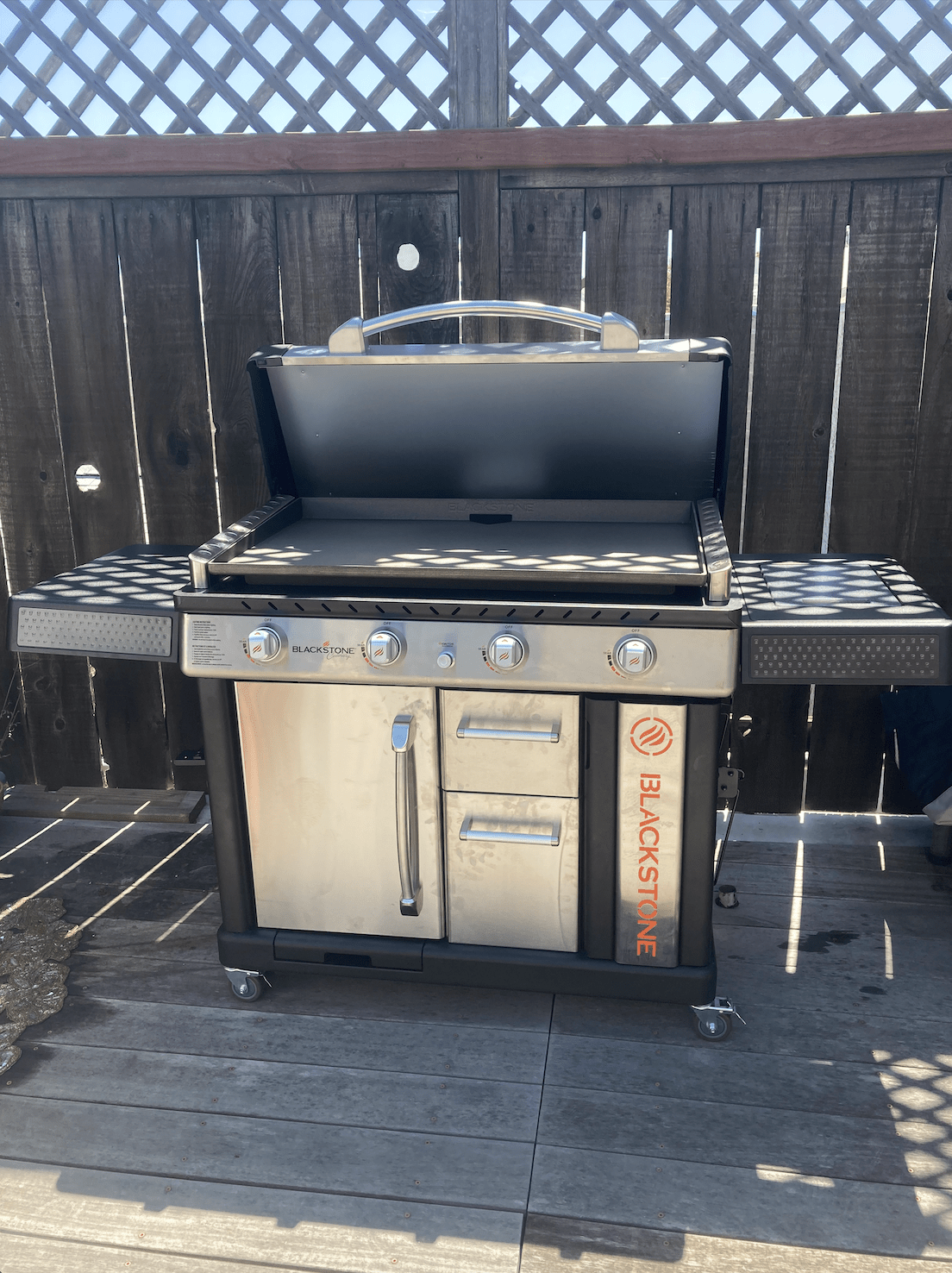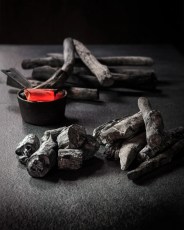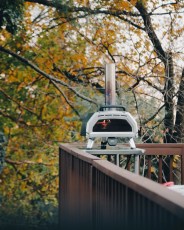There are no shortage of grills out there, and not just in the diversity of brands. Advancements in outdoor cooking have expanded the definition of what we call “grilling,” and even within the catalog of a single company like Weber you’ll find a dizzying array of fuels from gas to charcoal to pellets and even electricity. Here, we break down the pros and cons of each grill type.
Charcoal Grills
When most people think of charcoal, they think of lump charcoal — a wood material cooked at extremely high temperatures in a low-oxygen environment (to prevent the wood from combusting). This allows the more volatile components of wood (water, tar and gasses) to either melt or evaporate. What you’re left with are chunks of combustible carbon that we know as charcoal.
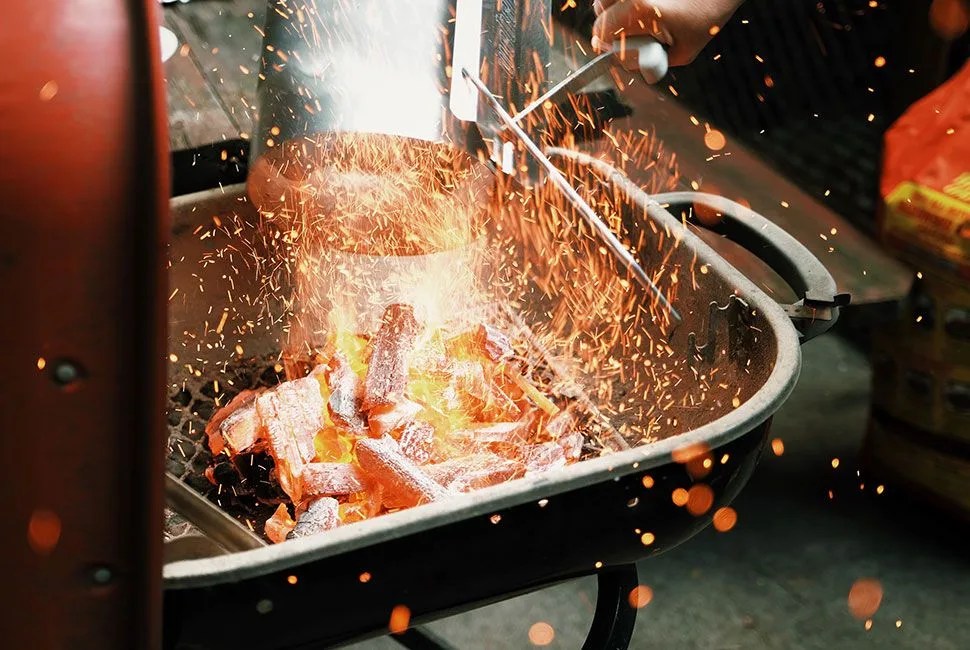
The Pros Charcoal Grills
Charcoal is one of the simplest materials to grill with. It ignites easily, heats up quickly and gives off much less smoke than regular wood. As such, it works well for both expert grillmasters and novices. It’s also relatively easy to clean up and is widely available for purchase at stores around the world.
The Cons of Charcoal Grills
Charcoal, as a combustible material, is not exactly environmentally friendly. For starters, it gives off a lot of C02, a dangerous greenhouse gas, when combusting. And because charcoal is made from wood, it requires a lot of trees to make.
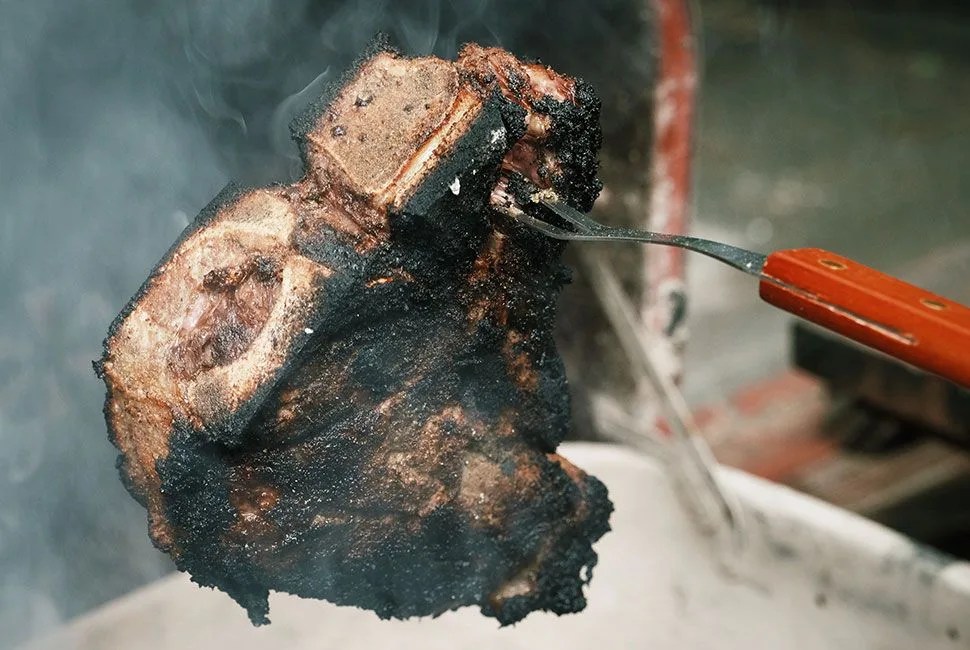
There’s also a link between grilling meats over an open flame and the development of carcinogens in that meat — although this is not exclusive to charcoal; it applies to just about any high-heat open-flame cooking method, including pellets and gas.

